#brian selznick
Text

@sunsbleeding, 'Come lay with me and look at the sky' [words only] (full artwork)
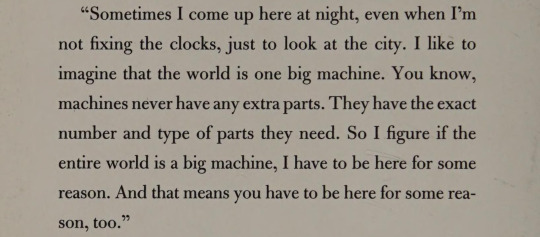
Brian Selznick, The Invention of Hugo Cabret

Louise Miller (x)

Hiller Goodspeed, You Can't Waste Time

Nia Vardalos, Tiny Beautiful Things

@sioltach (x)

@asoftwrongness (via)

Dexter (2006-2013), 4x12: The Getaway

WHAT COLOR ARE YOU? by Sphenoid

His Holiness the Dalai Lama (via)

Gregory Orr, Selected Books of the Beloved
#webs#web weaving#mine#requests#specifically in response to one that asked for 'only feeling like im good when im useful'#and it was only when i saw it written down i went 'oh. that's what it is' and by god im not doing that anymore#not without knowing the other side which is what this web ended up being#@sunsbleeding#brian selznick#louise miller#hiller goodspeed#@sioltach#@asoftwrongness#uquiz#sphenoid#dalai lama#gregory orr#dexter#theme: happiness#theme: life#nia vardalos#me making this: peace and love peace and love peace and lo-- what the FUCK is up with this new editor
606 notes
·
View notes
Text


A double commission of 20 favourite books!
Shop
#my art#artists on tumblr#books#booklr#bookstack#the goblin emperor#aristotle and dante discover the secrets of the universe#jane austen#brian selznick
368 notes
·
View notes
Text
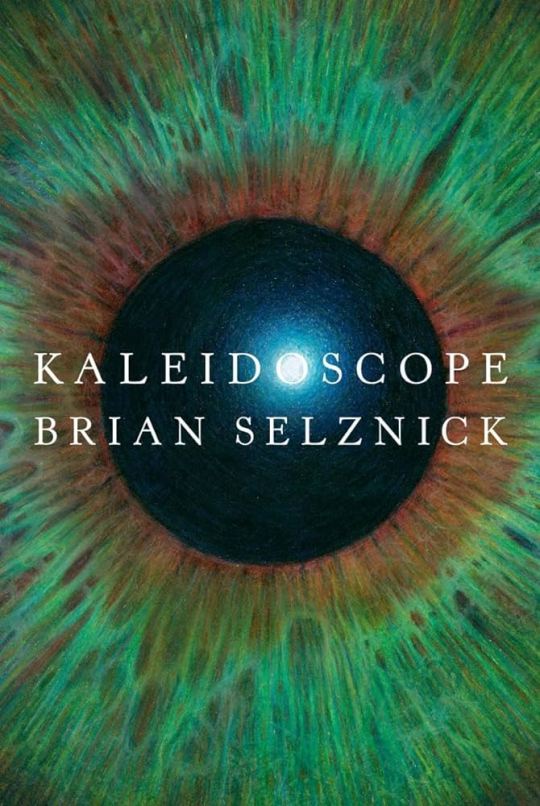
#short story collection#short story collections#kaleidoscope#brian selznick#american literature#jewish literature#jewish american literature#21st century literature#english language literature#have you read this short fiction?#book polls#completed polls
12 notes
·
View notes
Text
Capturing Dreams
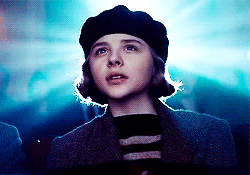
If the studios persist with their endeavors to disregard humans in favor of machines and the pursuit of profit for the few and paucity for the rest, get used to *The Sound Of Silence, for the synergy will be lost and we'll be alone...with our machines.
An earlier post of mine talked about the lovely film, Hugo, directed by Martin Scorsese and its relevance in relation to the ongoing WGA & SAG-AFTRA strikes and continuing in that vein, here's an additional thought or two:
A scene from the film has Isabelle, (pictured above-played by the actress Chloe Grace Moretz) reading to lead Hugo Cabret (Asa Butterfield) an excerpt from a book, The Invention of Dreams.
"The filmmaker Georges Méliès was one of the first to realize that - films had the power - to capture dreams."
While Georges Méliès was a real person; if I recall correctly, the book title was created by author, Brian Selznick, who wrote the original novel from which the movie screenplay was adapted. Apparently there is now a group for writers that takes its name from that fictitious book included in both the novel and the film.
The word synergy is likely overused as a buzzword these days, but it seems apt here. Selznick's writing, Scorcese's direction, actors acting, filmgoers, the writing group mentioned above, and it expands ever outward. The numbers of people involved in this creative output are tied together in so many ways and so many dreams, some of which are yet to be realized. Film technology has changed since the 1930s setting of the story, without a doubt-- but machines cannot be allowed to replace the dreamers, the storytellers, the actors, the humans who labor to capture these dreams.
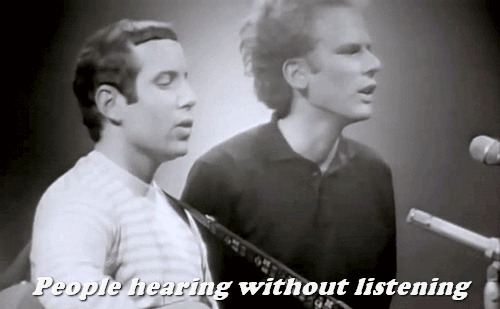
*The Sound Of Silence (1964, written by Paul Simon; performed by Simon & Garfunkel; Columbia).
#WGA#WGA strike#Writers' strike#writers guild of america#SAG AFTRA#SAG-AFTRA strike#screen actors guild#SAG AFTRA strike#labor#labor rights#Hugo#Martin Scorsese#brian selznick#the invention of hugo cabret#Asa Butterfield#chloe grace moretz#ben kingsley#george melies#The Sound Of Silence#Paul Simon#art garfunkel#simon and garfunkel#writers strike
39 notes
·
View notes
Text
One of my favourite micro-genres, especially growing up, was books about kids or teens running away from home and living in unusual places. Some of these are more serious and involve leaving abusive homes. Others, the home life and excuse for leaving is entirely perfunctory and the adventure is the point. The common theme is that the kid leaves voluntarily (isn’t stranded somewhere, but goes there specifically) and then ends up living independently in some unique setting that gives the story a large part of its identity.
My Side of the Mountain — inside a tree in the Catskills
From the Mixed-Up Files of Mrs. Basil E. Frankweiler — the New York Metropolitan Museum of Art
Maniac Magee — inside a buffalo house in the zoo, in a baseball stadium, and more
The Invention of Hugo Cabret — a grand Parisian train station
notabookbut The Kings of Summer — a homemade shanty in the Ohio woods
Last Sam’s Cage — the Calgary Zoo
The Boxcar Children — a freight car
Suggest more if you can think of any, I know there are lots of other examples.
#my side of the mountain#jean craighead george#from the mixed up files of Mrs basil e frankweiler#el konigsburg#maniac Magee#jerry spinelli#the invention of hugo Cabret#brian selznick#the kings of summer#last sam’s cage#David a poulsen#the boxcar children
19 notes
·
View notes
Text


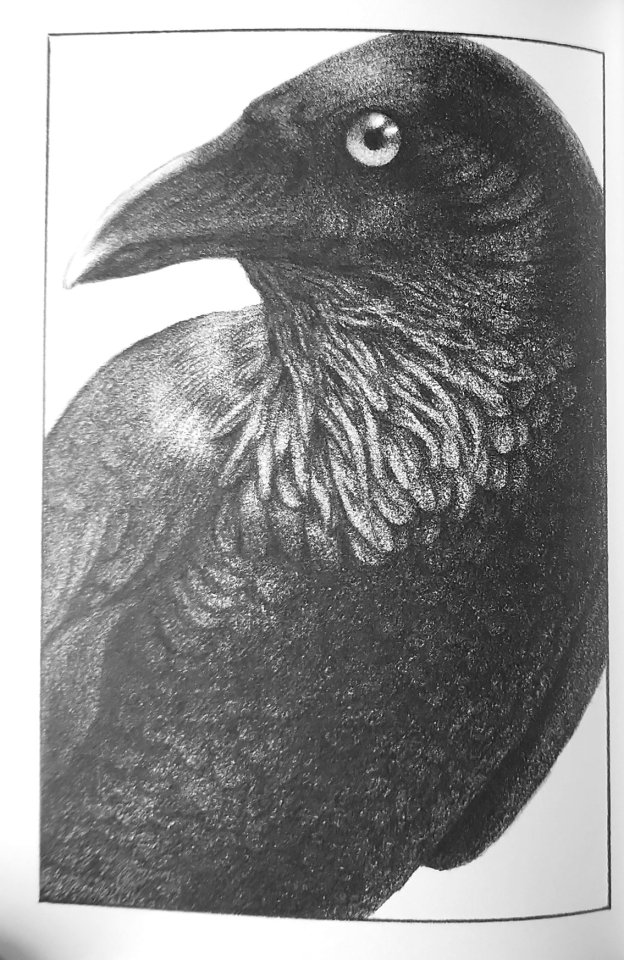
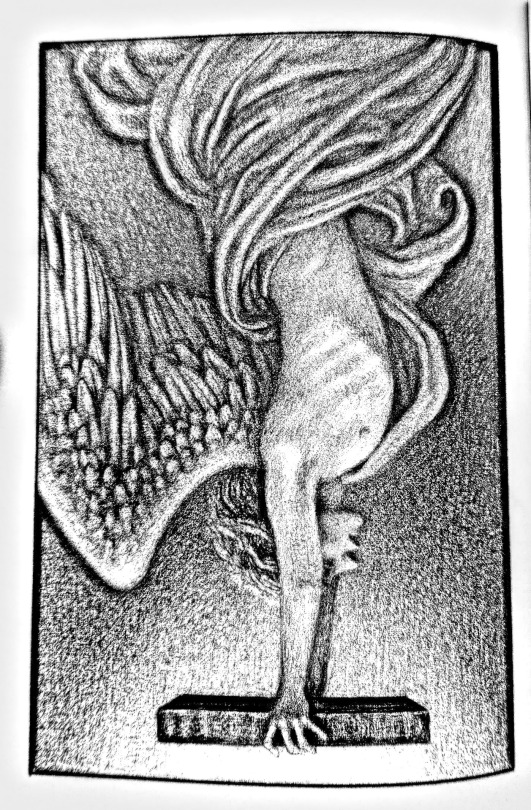
my favorite drawings from kaleidoscope, by brian selznick.
from left to right: "the spirit machine" / "chrysalis" / "the last time it happened" / "the book of dreams"
#loquitur#kaleidoscope#brian selznick#fucking incredible book i didn't post about it much but i made so many fucking notes on my booktracker app i felt like#the embodiment of the “i've connected the dots” “you didn't connect shit” “i connected them” meme it was crazy
9 notes
·
View notes
Text
Hugo (2011)
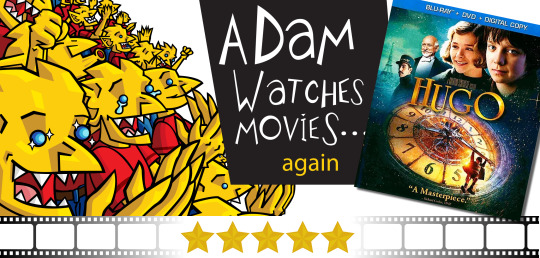
Martin Scorsese is not known for his family films. You associate the name with gritty crime stories. So what drew him to Hugo? Perhaps he wanted to try something different? On top of being suitable for the whole family, the picture makes impressive use of 3D and special effects. If you’ve seen Hugo the whole way through, you’ll know why. I suspect Scorsese connected to this story on a deeply personal level.
In 1931 Paris, 12-year-old Hugo Cabret (Asa Butterfield) maintains the clocks at Gare Montparnasse railway station. His alcoholic uncle Claude officially does the work but he’s been gone for months and as long as the machines keep the time, Station Inspector Gustave Dasté (Sacha Baron Cohen) won't ask any questions. This means Hugo is free to focus on the automaton he and his father were repairing before he became orphaned. Hugo keeps to himself, occasionally stealing parts from a toy store owner, Georges (Ben Kingsley). After he is caught and his book on the automaton is confiscated, Hugo befriends the toy maker’s goddaughter, Isabelle (Chloë Grace Moretz). He hopes she can help him get his book back.
There’s no way you can guess where this movie is going. The surprises along the way are a big part of the fun and the screenplay by John Logan (based on The Invention of Hugo Cabret by Brian Selznick) is in no hurry to get to its big reveals. As Hugo goes about his day, we meet all the characters who frequent the station. Richard Griffiths plays a man pining for a dog owner (played by Frances de la Tour) whose pooch can’t stand him. Shy Inspector Dasté wants to approach a beautiful flower saleslady (Emily Mortimer) but is embarrassed by an old war injury. Christopher Lee plays the owner of a book store who probably knows more than he lets on, Papa Georges is hiding something from Isabelle. And then there’s the automaton Hugo is repairing. How is it tied to his father? There’s enough going on with these characters that it doesn't matter if you don't know where the plot is going. You’re having a great time simply getting to know them, admiring the performances (Moretz does a flawless accent) and enjoying Scorsese's direction. Check out the way the camera moves down chutes, through crowds and then into the secret openings into Hugo’s home or the breathtaking shots of a long-gone Paris.
Ultimately, this is a small, personal story. The world’s fate does not rest in the hands of Hugo. The secrets we uncover deal with very human tragedies but it’s shot like all of reality hinges on the lonely boy finding a friend. After Hugo is over, you remember specific shots, specific characters and the emotions you felt while watching them. These would attract any director but I suspect Scorsese wanted this project specifically because the film contains numerous references to specific events in the history of cinema. We see a clip of Harold Lloyd’s Safety Last! and the film’s most iconic shot is re-imagined later on. The Montparnasse derailment of 1895 is reimagined and Scorsese gives us to opportunity to relive the shocked reaction audiences would’ve had while viewing “L'Arrivée d'un train en gare de La Ciotat” - that famous shot of a train coming towards the camera that supposedly had audiences falling out of their seats in terror - by shooting it in 3D - literally having the train come right towards the screen and frighten us. There are many other references to the history of cinema throughout. If you love movies, you’ll get an extra kick out of these scenes.
Hugo is moving, warm, romantic, tragic and exciting. It goes in unexpected directions and the surprises make the movie feel big while also keeping it small and intimate. The performances are excellent, the characters fully realized. The only mark against it comes from the presentation. This movie is meant to be seen on the big screen and in 3D. Few people will be able to see it that way now. If that’s the only flaw you can find in a movie, it's doing a lot of things right. (On Blu-ray, September 25, 2020)

#Hugo#movies#films#movie reviews#film reviews#Martin Scorsese#John Logan#Brian Selznick#Ben Kingsley#Sacha Baron Cohen#Asa Butterfield#Chloe Grace Moretz#Ray Winstone#Emily Mortimer#Jude Law#2011 movies#2011 films
11 notes
·
View notes
Text
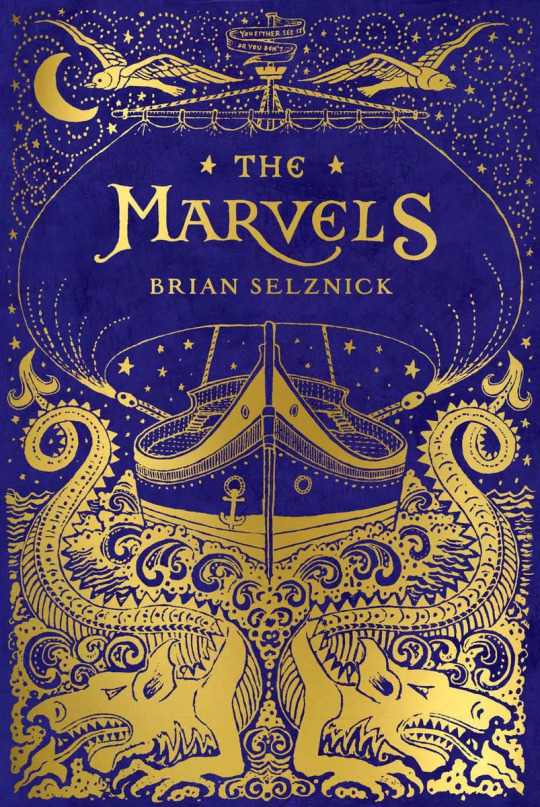
Title: The Marvels | Author: Brian Selznick | Publisher: Scholastic (2015)
2 notes
·
View notes
Text
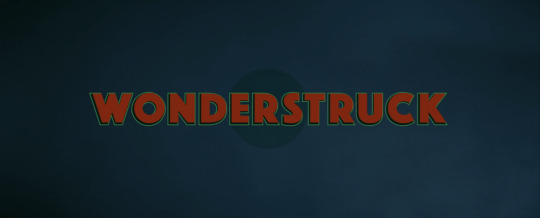
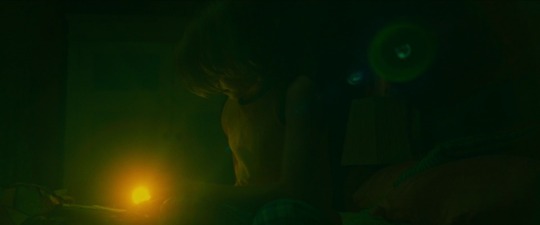


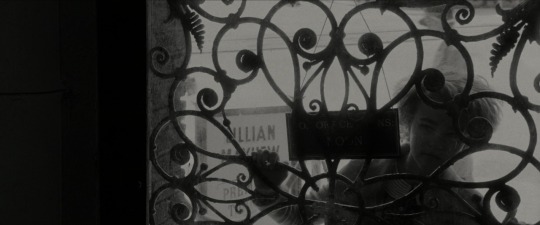
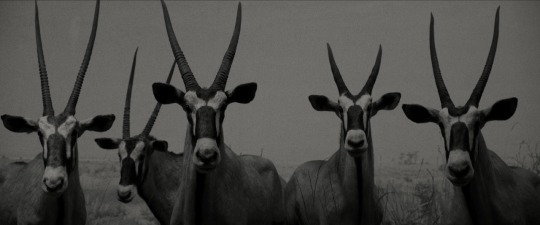
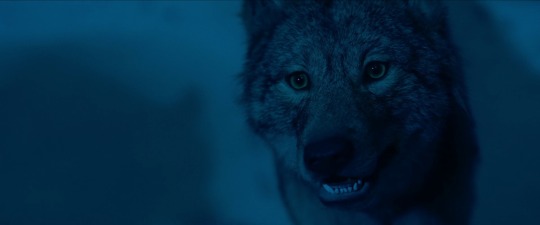

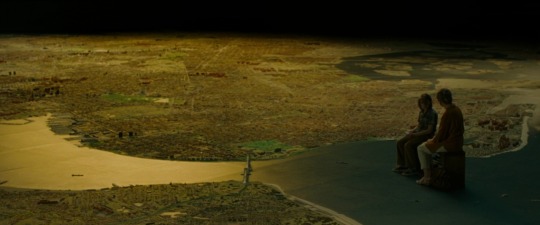
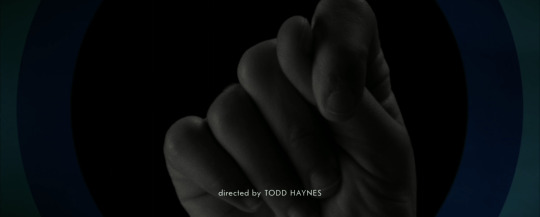
Wonderstruck (2017)
Director: Todd Haynes
Cinematographer: Edward Lachman
5 notes
·
View notes
Text
brainworms are taking over (doing literary analysis on the symbolism and meaning of every single chapter in kaleidoscope by brian selznick)
#seriously#its up there with the little prince as my favourite books#for similar reasons#i IMPLORE YOU#you NEED to read it#kaleidoscope brian selznick#brian selznick#trbotunnels trbomouth
2 notes
·
View notes
Text
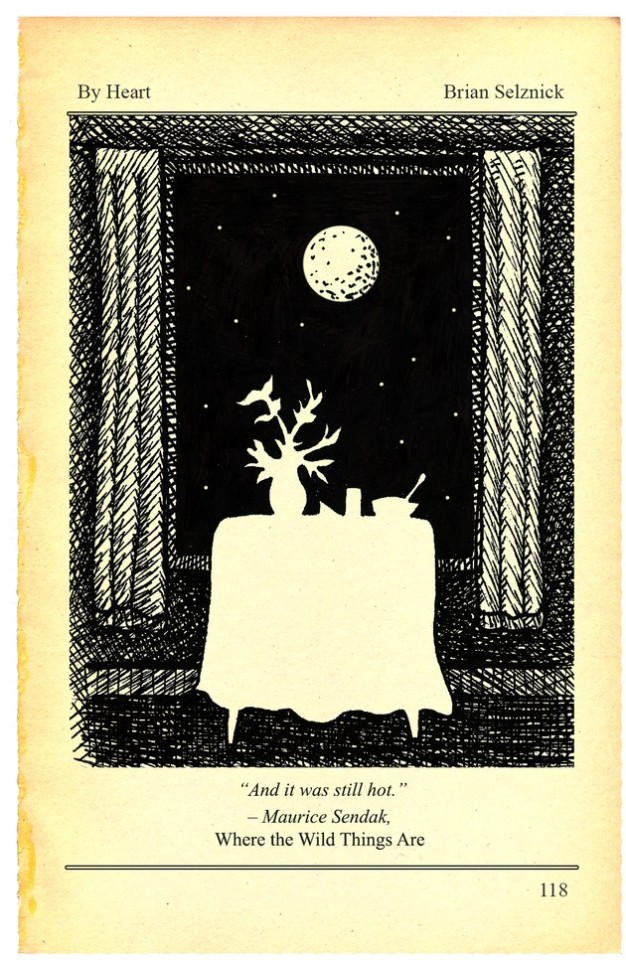
a WHERE THE WILD THINGS ARE illustration by maurice sendak. (brian selznick, BY HEART)
8 notes
·
View notes
Text
"If you've ever wondered where your dreams come from when you go to sleep at night, just look around. This is where they are made."
– Brian Selznick, The Invention of Hugo Cabret
#brian selznick#the invation of hugo cabret#children's books#mystery fiction#illustrated books#award winning literature#middle grade#historical fiction#automatons#hugo cabret#book quotes
4 notes
·
View notes
Text
243 - Wonderstruck

We’re talking about one of our favorite filmmakers this episode and for one of his most mildly received movies. In 2017, two years after the critical success of Carol, Todd Haynes returned with a pivot to young adult literature with Wonderstruck. Based on the book by Brian Selznick, the film follows two deaf children across decades who trek into Manhattan in search of family: Rose in 1927 and Ben in 1977, respectively played by Millicent Simmonds and Oakes Fegley. With passing observations to film history and the invention of the talkie, the film takes a heady approach to a story of familial reconciliation across generations. But when the film widely disappointed viewers early on at the Cannes Film Festival, the film struggled to gain fans over the year, becoming the first of Amazon’s many awards duds over the season.
This episode, we discuss the film’s early tepid reception at the Cannes Film Festival and all of the talk of this year’s Cannes, including the debut of Haynes’ May December. We also discuss Simmonds’ work in the A Quiet Place franchise, the challenge in marketing Haynes’ films, and Julianne Moore’s dual roles in both storylines.
Topics also include Carter Burwell’s glorious score, another round of Alter Egos, and gossip from the 2017 Cannes.
Links:
The 2017 Oscar nominations
Subscribe:
Spotify
Apple Podcasts
Google Play
Stitcher
youtube
#Todd Haynes#Julianne Moore#Oakes Fegley#Millicent Simmonds#Jaden Michael#Tom Noonan#Cory Michael Smith#James Urbaniak#Michelle Williams#Brian Selznick#Best Director#Amazon Studios#Cannes Film Festival#Academy Awards#Oscars#movies
5 notes
·
View notes
Text
The thing about choosing a Brian Selznick novel is that I think Wonderstruck is objectively the best one, but The Marvels is the one that I pull down off the shelf from time to time, read the ending, and get a little jolt of joy.
3 notes
·
View notes
Text
Where Hugo, I Go...
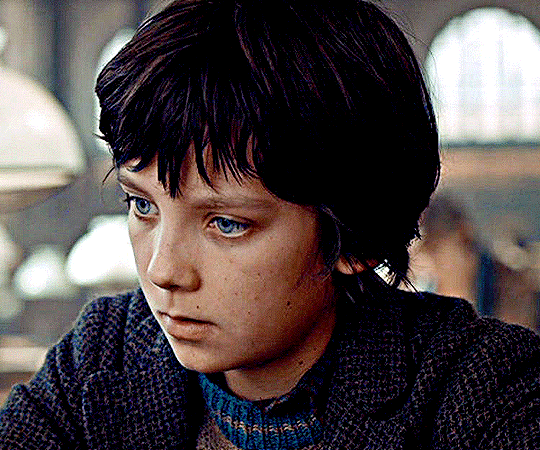
Rewatched for the umpteenth time, the lovely film, Hugo (2011). If you haven't seen it, nor read the book by Brian Selznick upon which it is based, please consider a look and a read.
We rewatch films for a variety of reasons, just as we often do for books. Always something new and different to see, to hear, to learn, to experience.
But that wasn't why I put this film on the blog. With the WGA/SAG-AFTRA strikes, now more than ever, the Martin Scorsese directed piece seems relevant. Here we have the young orphan, Hugo Cabret, living in the train station and maintaining the clocks; the timepieces that make the trains, and presumably society, run on time. Those horological machines are human made and what time represents in the lives of humans is a constant tick tock, tick tock. With every beat of our heart, every breath taken, time passes.
Hugo senses this, as does his young friend, Isabelle. At one point in the film, Isabelle questions the future and what her purpose in life is to be. Hugo thinks for a moment and remarks:
"I'd imagine the whole world was one big machine. Machines never come with any extra parts, you know. They always come with the exact amount they need. So I figured, if the entire world was one big machine, I couldn't be an extra part. I had to be here for some reason. And that means you have to be here for some reason, too."
And during their conversation, Hugo also states:
"Maybe that's why a broken machine always makes me a little sad, because it isn't able to do what it was meant to do… Maybe it's the same with people. If you lose your purpose… it's like you're broken."
Turning that scene over in my mind and thinking about the plot (w/o spoiling too much, it is a wonderful homage to humans and art and film and history and human connections) and the ongoing strikes...but...
How is it that we humans have so readily turned the machines into the masters and the humans who created them into the extra parts?
This marvelous film would be nothing without the humans who dreamed and created and built and moved and loved it into being along with the original work upon which it was based. The humans aren't broken, the system is. The studios/corporations must recognize the labor that gives purpose to our lives and place the technology in the place wherein it serves the greater good before time runs out.


I could contemplate this film and its themes for a long time, it is a real gem to view and think about in the context of the past, the present, and the future. Hats off to all involved.
#WGA#WGA strike#writers' guild of america#writers' strike#SAG AFTRA#SAG-AFTRA#sag aftra strike#sag-aftra strike#screen actors guild#Hugo#martin scorsese#brian selznick#the invention of hugo cabret#asa butterfield#chloe grace moretz#ben kingsley#christopher lee#sacha baron cohen#emily mortimer#helen mccrory#frances de la tour#richard griffiths#jude law#ray winstone#george melies#labor#labor rights#SAG-AFTRA strike
18 notes
·
View notes
Text
"The Doll People" by Ann M. Martin & Laura Godwin (pictures by Brian Selznick)
I finished this one last night before going to bed and thought I’d share. Even though this is a book meant for the kiddos, it’s got a nice story to it (enough to keep me entertained, at least). I also liked the artwork provided throughout the book. I think it depicts the characters and what is going on very nicely. If your child liked the “Indian in the Cupboard” books then they might like to…

View On WordPress
#adventure#Ann M. Martin#Author#Brian Selznick#chapter books#childrens#family#fantasy#fiction#illustrator#juvenile#Laura Godwin#middle grade#mystery#paperback#series#The Doll People#young adult
0 notes